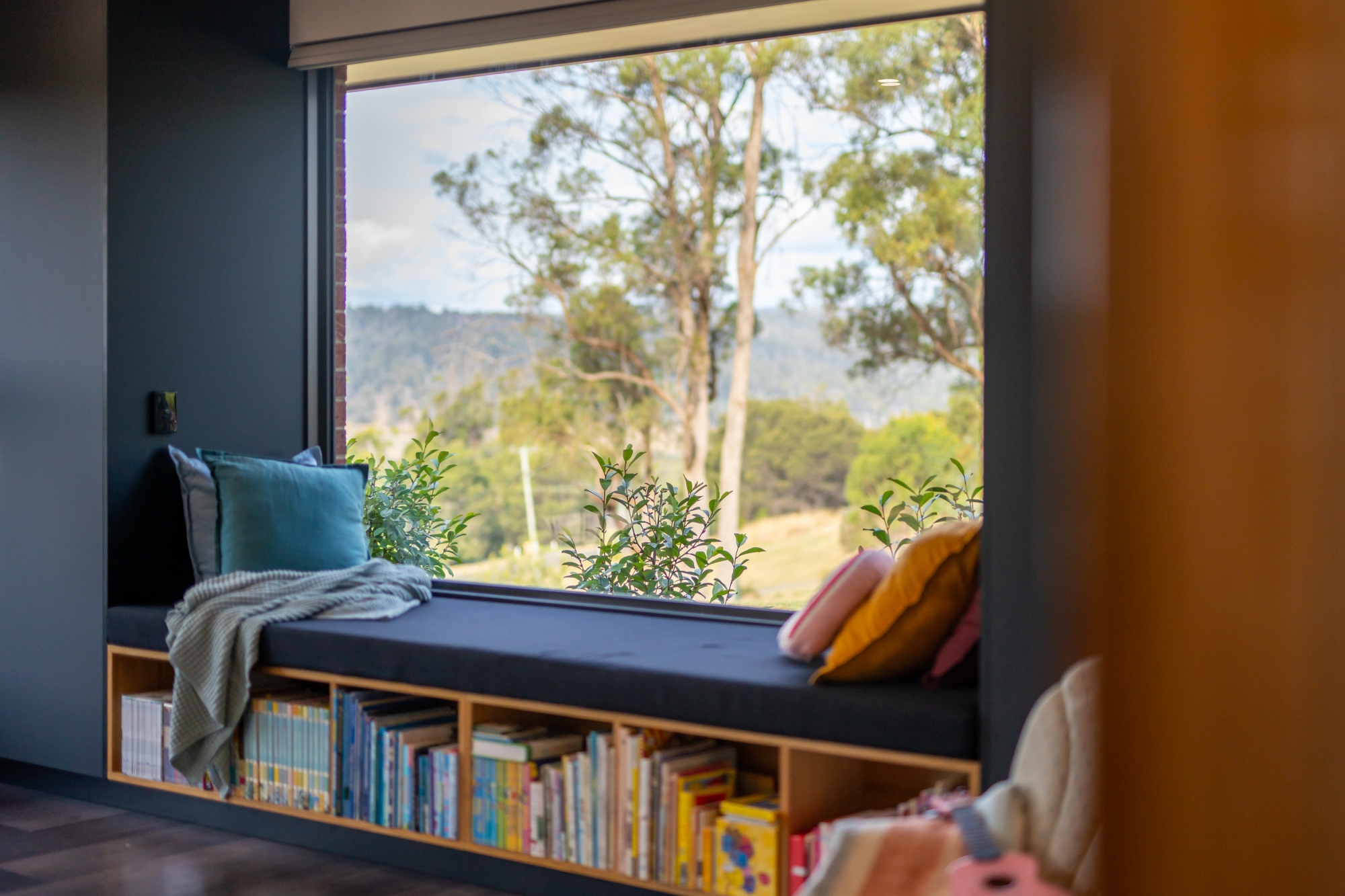
6 tips for building on rural properties
Rural properties can be very appealing for those wanting a spacious lifestyle property or for those seeking a country lifestyle away from the hustle and bustle of suburbia and city living. There are lots of aspects to consider if you are looking to purchase or build on a rural block. Here are 6 considerations for building on a rural property.
Access to the property
Access to your property is very important. Keep in mind that additional costs need to be considered when compared to a standard residential block, particularly in terms of the cost of your driveway. Access may require clearing and removing trees shrubs and undergrowth to adequately access your property. There may also be bushfire requirements regarding the amount of clearing and formation of your driveway.
Water and Sewerage
Blocks of land not connected to town water or sewerage will require water tanks for drinking water and a wastewater system installed for sewerage treatment. Sewerage systems are required to be designed by a suitable qualified person and require scheduled maintenance on a regular basis, generally every three months so that the system can be properly treated for optimum performance.
Bushfire Management
A lot of rural properties will be within a bushfire overlay. This means that a bushfire report will be required to determine the Bushfire Attack Level (BAL) rating. The rating will determine what measures you will need to accommodate your property. If your property does not fall under a ‘Bushfire Prone Areas” overlay you may not require a BAL rating. You can access this information through the LIST website or contact your local council. Please note some councils do not have this information on the LIST website so it is best to contact them directly to see if this applies to your property. A qualified bushfire assessor will make an informed decision on your BAL rating based on the potential bushfire risk to the dwelling or block of land based on the conditions in the area immediately surrounding the site. Typically, the higher the BAL rating the more considerations will need to be made for the design and materials to accommodate your rating. Generally, there will be more cost involved for a higher BAL rating. For example, toughened glass, steel mesh eave vents, gutter guards and fire approved timber species are required for higher BAL ratings.
Zoning
There are 23 standard zones in the Tasmanian Planning Scheme. There are three core residential zones (general residential, inner residential and low density residential). Typically, zones for rural properties will fall under rural and agricultural zones. Building on these types of properties may be restricted or have some limitations. The Tasmanian planning scheme will be able to provide you with some information on how the land may be developed. If building a home is not prohibited on the property you may still have to provide a discretionary application to council to support your plans to develop the land. In addition, additional costs for reports may be required such as agricultural or environmental reports.
Services & Connections
Unless you want to live completely off grid it is likely you are going to need services such as electricity and internet connections such as NBN. The closest cable for electricity and internet services may be several kilometres away and therefore may require extensive cabling work to be able to get internet and electricity to your property. The cost to be able to have connections to your property will depend on your location. Your local power and internet providers will be able to issue you a price to connect these services.
Maintenance
Maintaining your rural property is an important aspect of owning your own home. This is especially important for rural properties as there is a higher chance of natural disasters such as bushfires. As previously mentioned, if you have a wastewater system it requires regular maintenance by professionals. If your property has any kind of livestock or horses maintaining the property will require even more maintenance and additional cost such as maintaining fences to prevent animals from penetrating the boundary onto neighbouring properties.
If you would like to learn more about building on a rural property contact us and we can walk you through the process, from designing your new home, council applications, and approvals as well as provide you with any additional information that may be relevant to designing a home on a rural property.
